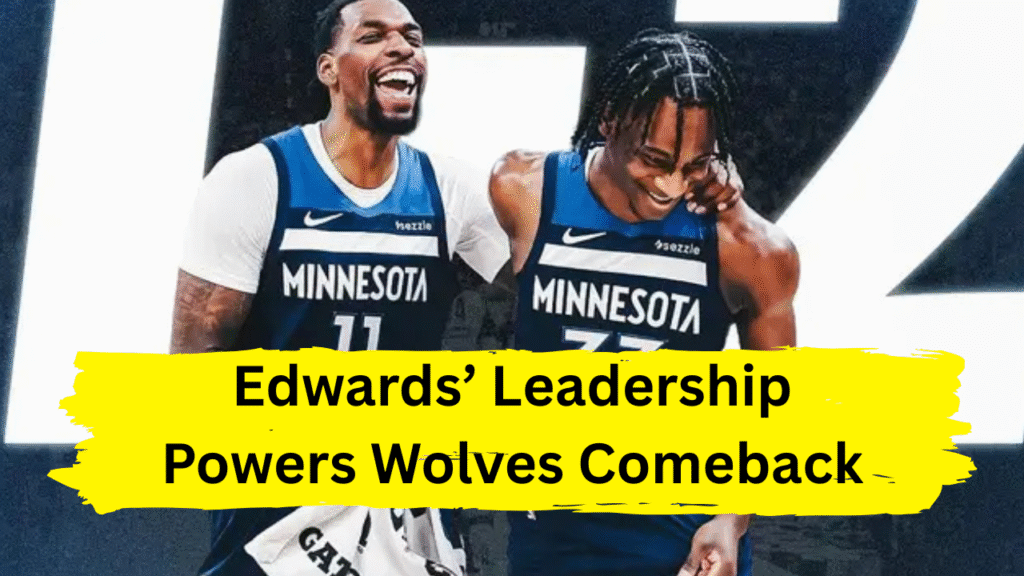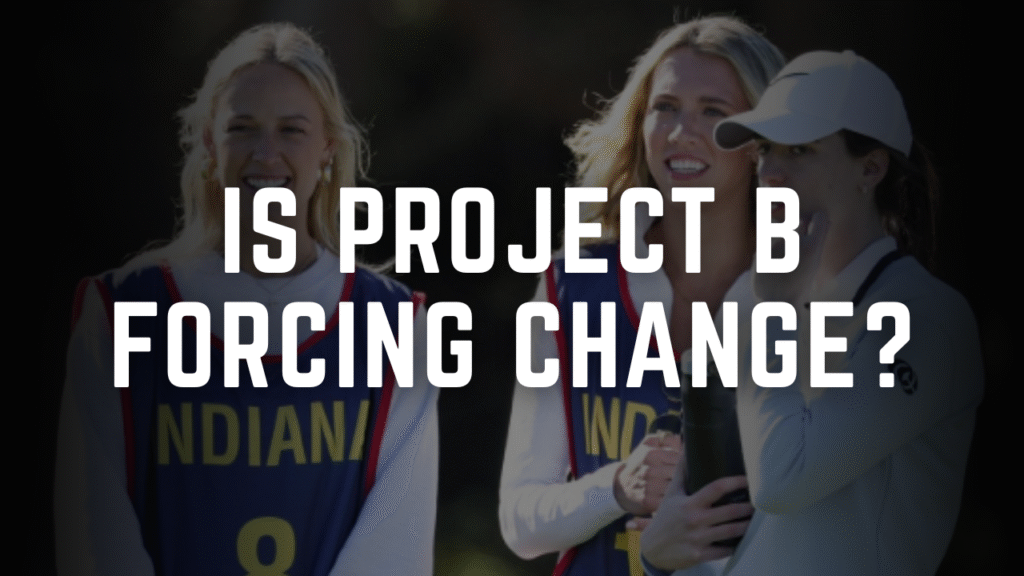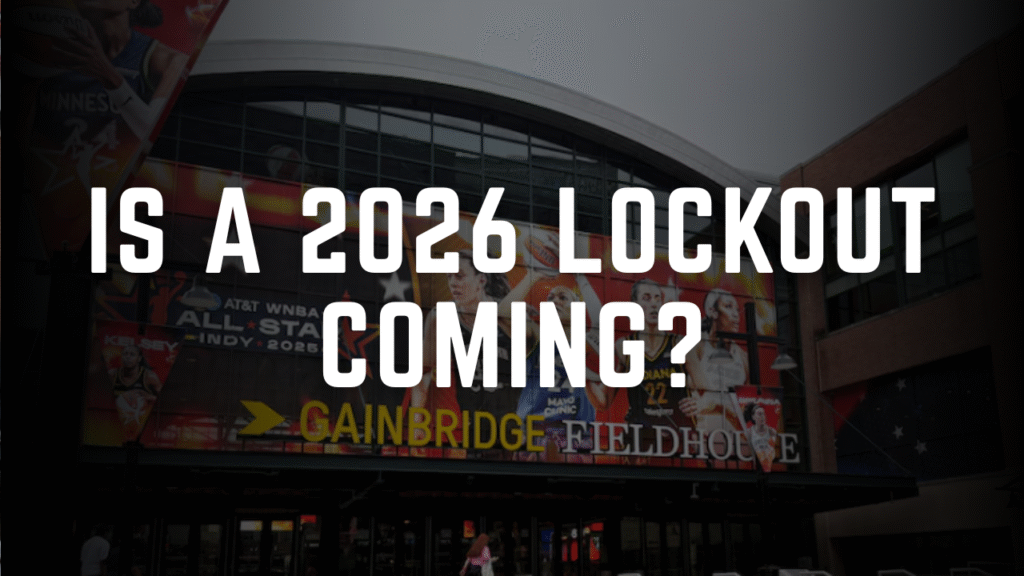In the high-stakes arena of the NBA playoffs, where momentum shifts like desert winds and pressure can crack even seasoned stars, Anthony Edwards has emerged as the galvanizing force behind the Minnesota Timberwolves’ stunning resurgence. Down 2-0 in the Western Conference finals against the top-seeded Oklahoma City Thunder, the Timberwolves faced a near-improbable climb. But Edwards, with a blend of raw talent, unyielding accountability, and infectious resolve, didn’t just reignite his team’s hopes—he redefined what leadership looks like in modern basketball.
The Crucible of Self-Reflection
Leadership often begins with introspection, and Edwards’ journey to reviving Minnesota’s playoff hopes was rooted in brutal self-assessment. After a lackluster performance in Games 1 and 2, where he shot 1-of-9 from three-point range and struggled against Oklahoma City’s suffocating defense, Edwards confronted his shortcomings head-on. When named to the All-NBA Second Team mid-series, he confided in coaches that he felt unworthy of the honor, declaring, “I wasn’t playing like I should” . This humility wasn’t a sign of doubt but a catalyst for growth. He spent hours refining his shot, studying film, and channeling his frustration into a vow: “I’ve got to shoot more. I’ve got to lead better” .
That fire translated into a historic Game 3 performance. Edwards erupted for 30 points in just three quarters, shooting 12-of-17 from the field and 5-of-8 from deep, while adding nine rebounds and six assists. But his stat line only told part of the story. From the opening tip, he attacked with a ferocity that electrified the Target Center, outscoring the Thunder 16-14 in the first quarter alone and setting the tone for a 143-101 rout—the largest playoff loss in Oklahoma City’s history .
Elevating Teammates Through Trust
True leadership isn’t just about personal brilliance; it’s about lifting others when they falter. When Julius Randle, Minnesota’s second-leading scorer, was benched in Game 2 after a disjointed performance, Edwards didn’t criticize—he empathized. On the flight back to Minneapolis, he pulled Randle aside, urging him to “shake it off” and rediscover his rhythm . The result? Randle roared back in Game 3 with 24 points, crediting Edwards’ unwavering support for his resurgence: “He’s the definition of selfless. He knew I was upset, and he lifted me up” .
Edwards’ trust extended to the bench, too. Rookie Terrence Shannon Jr., who had played just 20 playoff minutes all postseason, erupted for 15 points in 13 minutes, capitalizing on Edwards’ playmaking and defensive hustle. “I always stayed ready,” Shannon said, embodying the collective belief Edwards instilled in the roster . Even Rudy Gobert, often criticized for his offensive limitations, became a defensive anchor, swatting shots and disrupting Oklahoma City’s MVP, Shai Gilgeous-Alexander, who finished with a playoff-low 14 points .
Defensive Identity: The Unseen Leadership
While Edwards’ scoring dazzled, his defensive intensity became the Timberwolves’ blueprint for survival. In Games 1 and 2, Minnesota’s third-quarter collapses—being outscored 69-37—had left them reeling. Edwards demanded accountability, urging teammates to “match their energy” and avoid mental lapses . The Wolves responded by holding Oklahoma City to 12-of-40 shooting in the first half of Game 3, forcing 15 turnovers that fueled 16 fast-break points .
Edwards’ defensive leadership was personal. He hounded Gilgeous-Alexander, denying driving lanes and reducing the MVP to a non-factor. The Thunder, which averaged 111.0 points per game in the playoffs, managed just 101 despite garbage-time scoring, a testament to Minnesota’s renewed focus . “We were cleaner,” coach Chris Finch noted, praising Edwards’ role in minimizing fouls and staying disciplined .
The Ripple Effect of Authenticity
What sets Edwards apart isn’t just his skill—it’s his authenticity. After Game 2, he bypassed media obligations, choosing instead to rally his team privately. By Game 3, his actions spoke louder than words: diving for loose balls, celebrating bench contributions, and even playfully taunting the Thunder’s stars. When fans jeered Gilgeous-Alexander with chants of “Free-throw merchant!”, Edwards channeled that energy into defensive stops, stripping balls and igniting transition dunks .
His leadership style—a mix of joviality and grit—resonates. Teammates describe him as a “positive voice” even in defeat, a trait that kept Minnesota’s locker room united . After the blowout win, Edwards refused to celebrate prematurely: “It’s just one win. This team is the best in the NBA; beating them more than once will be tough” . This balance of confidence and humility has become Minnesota’s north star.
A Legacy in the Making
The Timberwolves’ comeback is more than a series revival—it’s a testament to Edwards’ evolution from phenom to franchise cornerstone. His ability to blend scoring explosions with selfless play, to uplift veterans and rookies alike, mirrors the trajectory of legends like Michael Jordan and Kobe Bryant. Yet Edwards carves his own path, one defined by joy, resilience, and an unshakable belief in collective greatness.
As Minnesota prepares for Game 4, the Thunder’s historic regular-season dominance looms. But Edwards has already shifted the narrative. By transforming desperation into dominance, he’s proven that leadership isn’t about avoiding failure—it’s about rising from it. And in doing so, he’s etched his name into the annals of playoff lore, one defiant dunk, one defensive stop, and one galvanizing pep talk at a time.
The Wolves’ journey is far from over, but with Edwards at the helm, their ceiling is limitless. As Finch aptly summarized: “He’s learning so fast. This is just another example of him feeling comfortable in his skin” . For Minnesota, that comfort is the foundation of a dynasty in the making.


